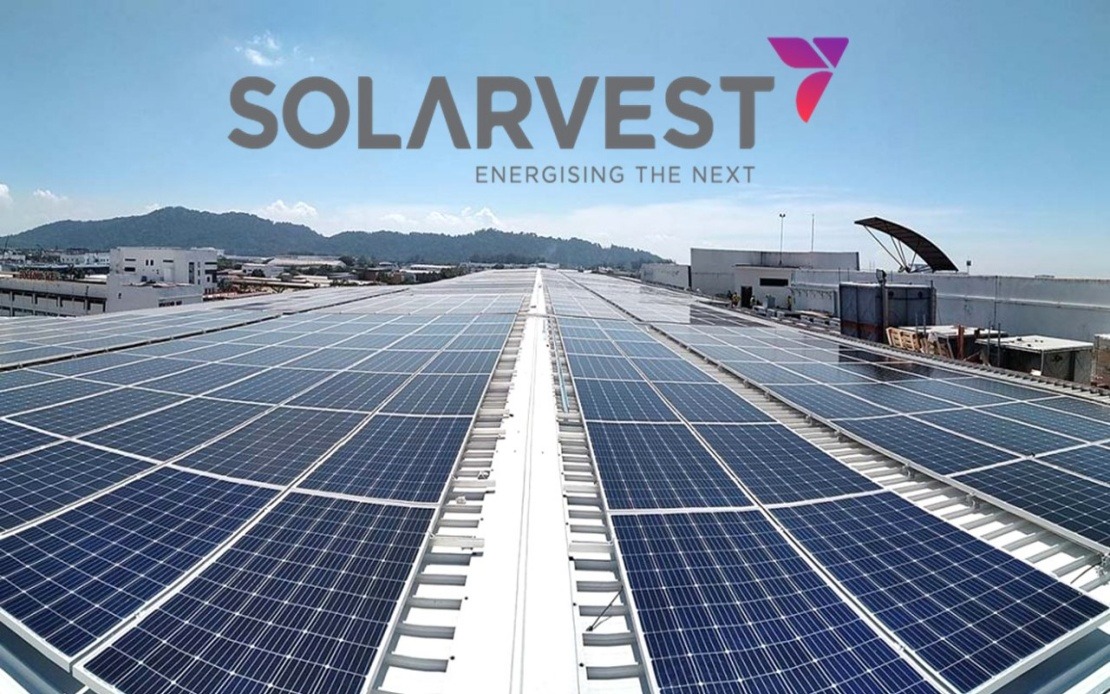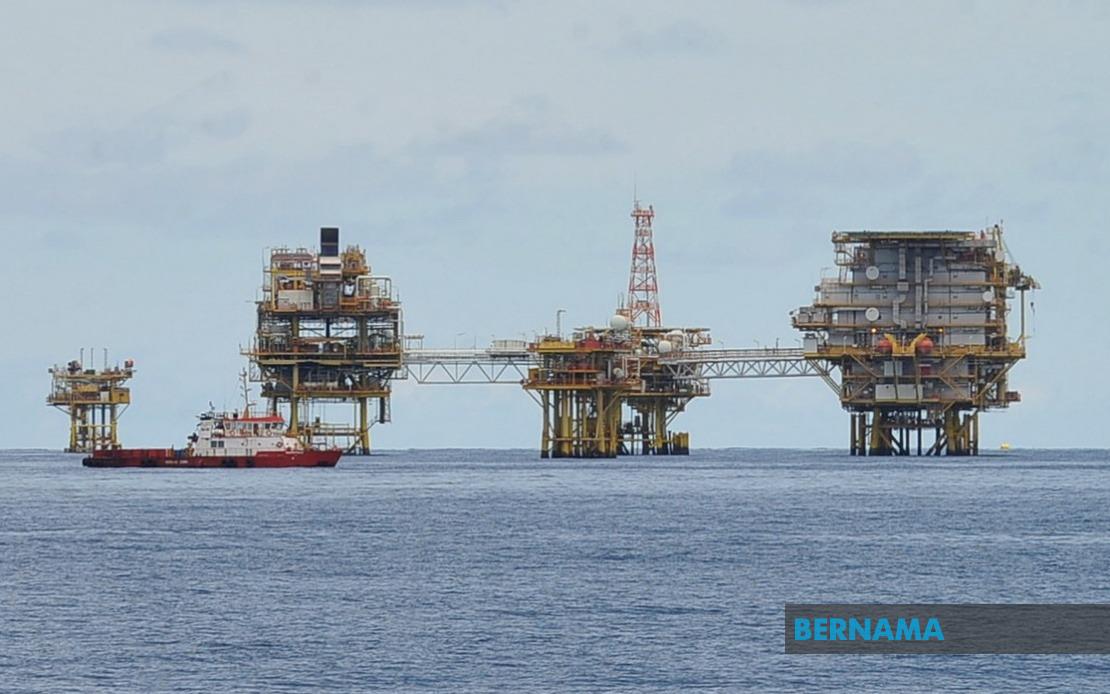News
Worst deemed over for oil and gas industry
By Siti Radziah Hamzah
KUALA LUMPUR, Feb 11 -- In the short term, it appears that the worst is over for the oil and gas (O&G) industry after a catastrophic 2020 due to a combination of a supply shock, an unprecedented drop in demand for the commodity and a global humanitarian crisis brought about by the COVID-19 pandemic.
Asia School of Business assistant professor, business and society, Dr Renato Lima de Oliveira said the oil market had largely stabilised at a relatively comfortable price of US$55 per barrel due to severe cuts made by OPEC since late April last year.
In April 2020, the Organisation of the Petroleum Exporting Countries (OPEC) and its oil producing allies finalised an agreement to cut production by 9.7 million barrels per day -- the single largest output cut in history to prop up falling prices due to the coronavirus outbreak which curtailed demand and the Saudi Arabia-Russia price war earlier that month.
De Oliveira said the move took away from the market about 10 per cent of all oil production.
"It is unlikely that 2021 will be as surprising as 2020 was," he told Bernama.
However, two big questions remain for 2021... the first is how long will it take for the overall economic activity, and mobility in particular, to return to pre-pandemic levels and the second is the duration of OPEC members sustaining the massive production cuts.
"The answer to the first question is, it depends on the spread of COVID-19, which is still growing, with most borders still closed.
"The second answer will rely on politics -- the internal negotiations of OPEC and it is likely that another fight over market share versus price level can break out in 2021 leading to lower prices," said de Oliveira.
GLOBAL O&G INDUSTRY
As COVID-19 case numbers surge across the globe, news of vaccines is like a light at the end of the tunnel.
The rollout of COVID-19 vaccines around the world has powered a stronger global economic recovery this year but keeps the oil and gas industry in check as volatility still persists.
The International Monetary Fund has upgraded its forecast for global economy at 5.5 per cent this year, more than the 5.2 per cent expansion it estimated in October, as the vaccines help contain the spread of the coronavirus, enabling governments to ease lockdown measures.
According to observers, oil and natural gas prices will average within medium-term ranges between US$45 and US$65 per barrel in 2021 as markets keep rebalancing amid an uneven global economic recovery.
Sharply diverging growth trajectories between Asia and the US and Europe, and across different industries, will extend an uneven recovery in demand, keeping oil and gas prices volatile and sensitive to changes in supply.
At the time of writing, Brent crude is charging towards breaking the US$60 per barrel level, the highest oil price in a year as hedge funds are betting the pandemic and investors' environmental focus would severely damage companies' ability to ramp up production.
A continued recovery in global oil demand depends in part on effective pandemic management around the world.
De Oliveira said the current forecast points to finishing the year with 96.6 million barrels per day (mb/d) of production, which is still lower than the pre-pandemic demand, causing tight margins for suppliers.
"Besides, operators are increasingly struggling to balance short-term revenue pressures with long-term energy transition considerations, planning their step out of O&G and investment in renewables," he added.
PRESIDENT BIDEN AND HIS CLIMATE CHANGE AGENDA
In January, US President Joe Biden signed a series of executive orders that prioritise climate change across all levels of government and put the US on track to curb planet-warming carbon emissions.
Biden's orders direct the Secretary of the Interior to halt new oil and natural gas leases on public land and water and to begin a thorough review of existing permits for fossil fuel development.
The US is among the top oil producers and also the biggest consumer of the commodity in 2019.
Despite the new order, de Oliveira said no significant changes would occur on the US' oil production in the short run as a result of business decisions taken months and years before,
He added that no more leases on federal land would result in a gradual future decline in oil from the offshore Gulf of Mexico and certain onshore areas, like in New Mexico, where federal acreage is significant.
However, he noted that only affects future leases in areas controlled by the US federal government, so this limits a lot the scope of the new policy.
"The US will continue to be a major power in O&G production for years to come thanks to its diversified industries, with multiple players, private property rights and local regulations,” said de Oliveira.
HOW WILL MALAYSIA'S O&G SECTOR FARE THIS YEAR?
The economic strain of the 2020 pandemic will compel integrated oil companies to continue efforts to limit capital investments and preserve cash in 2021.
Operating cash flow will improve but remain weak for the integrated oil companies in 2021, and capital spending will remain even with 2020 levels.
But many integrated companies will continue to shift spending priorities toward low-carbon efforts, maintaining or even increasing their low-carbon budgets for 2021.
De Oliveira estimated a small increase in Malaysia's O&G production this year at 1.745 million barrels of oil equivalent per day (mboe/d) from 1.60 mboe/d last year.
However, he noted the low oil prices, no substantive new discoveries and new uncertainties about tax levels in Malaysia were discouraging new investments in exploration and production.
Without new significant investments, the job level would suffer, not overnight, but gradually.
"The need to rejuvenate the sector and provide incentives has been topics of industry and government discussions as part of a new national energy policy, so these are challenges that policymakers are aware of," he said.
-- BERNAMA
Other News
Sarawak Lepasi Sasaran Kapasiti Gabungan Tenaga Boleh Baharu Tahun Ini - Abang Johari

Oleh Nur Ashikin Abdul Aziz
SINGAPURA, 21 Okt (Bernama) -- Sarawak mencapai 62 peratus sasaran campuran kapasiti tenaga boleh baharu (TBB) tahun ini, melepasi sasaran 60 peratus yang digariskan dalam Strategi Pembangunan Pasca COVID-19 (PCDS) 2030.
Sarawak Pacu Pertumbuhan Tenaga Boleh Diperbaharui Untuk Manfaat ASEAN - Premier

SINGAPURA, 21 Okt (Bernama) -- Sarawak komited menyokong peralihan tenaga boleh diperbaharui di Asia Tenggara dengan memanfaatkan potensinya sebagai "Bateri ASEAN," yang akan membekalkan tenaga bersih menerusi sambungan Grid Kuasa Borneo dan ASEAN.
Belanjawan 2025 Percepat Peralihan Kepada Tenaga Bersih - Solarvest

KUALA LUMPUR, 19 Okt (Bernama) -- Belanjawan 2025 merupakan satu langkah ke arah mempercepat peralihan kepada tenaga bersih di Malaysia, kata Solarvest Holdings Bhd.
© 2025 BERNAMA. All Rights Reserved.
Disclaimer | Privacy Policy | Security Policy This material may not be published, broadcast,
rewritten or redistributed in any form except with the prior written permission of BERNAMA.
Contact us :
General [ +603-2693 9933, helpdesk@bernama.com ]
Product/Service Enquiries [ +603-2050 4466, digitalsales@bernama.com ]
